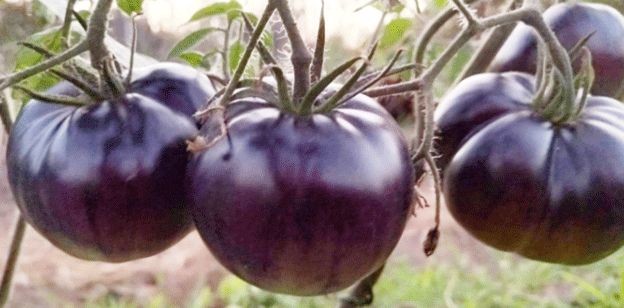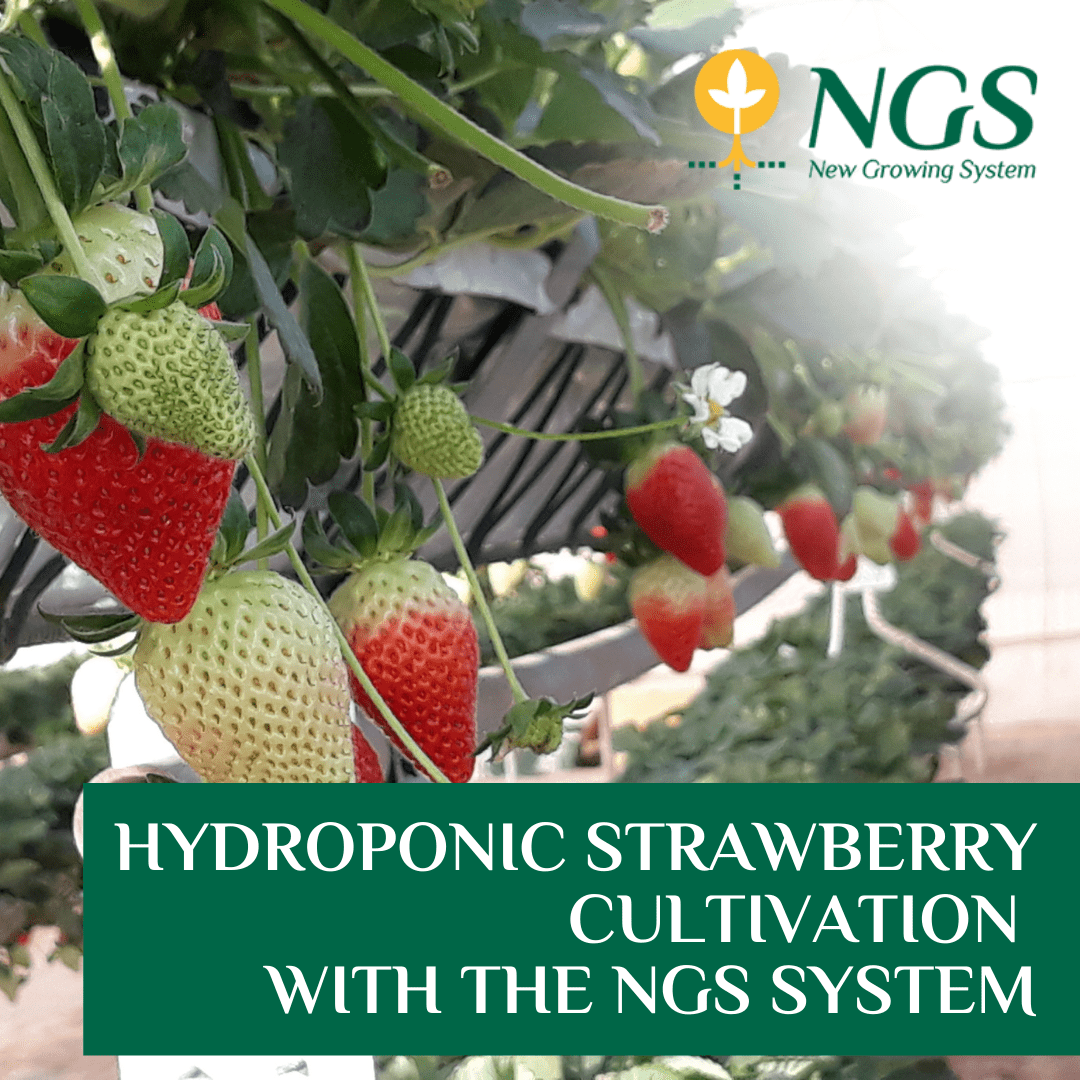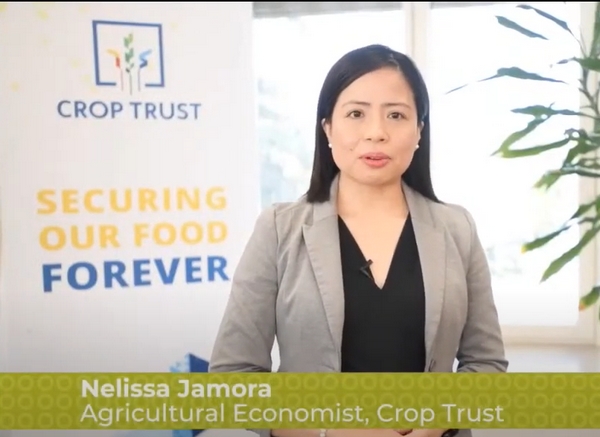As the agricultural landscape continues to evolve, Thai farmers are exploring innovative ways to meet growing consumer demand for unique and nutritious crops. Among these, the cultivation of colorful cherry tomatoes—particularly black, yellow, orange, and green varieties—has gained attention. These tomatoes not only offer vibrant colors but also possess enhanced nutritional profiles and market value. At Rai Phufahsai, located in Chiang Khan, Loei Province, Khun Pridarath Luanglaem (Khun Nid), a seasoned farmer, is pioneering the cultivation of these high-value crops.
The Rise of Colorful Cherry Tomatoes
Cherry tomatoes, often referred to as Queen Tomatoes in Thailand, have long been appreciated for their sweetness and compact size. However, the introduction of new varieties—such as black, yellow, and green—has opened up fresh opportunities in the agricultural market. These tomatoes, which are hybrids from European countries like the Netherlands, Spain, and Italy, are well-suited to the Thai climate, especially during the cooler months from October to March.
The black cherry tomato, for instance, is particularly intriguing due to its rich color and high nutritional content. The dark skin of the tomato is the result of anthocyanins, powerful antioxidants also found in blueberries, which are known for their anti-inflammatory and immune-boosting properties. Similarly, yellow and green varieties are rich in beta-carotene, chlorophyll, and lutein, making them ideal for health-conscious consumers.
Organic Farming for High Returns
At Rai Phufahsai, tomatoes are grown organically in open fields without the use of greenhouses, which keeps costs low while maintaining high-quality yields. The farm uses natural fertilizers, such as cow, buffalo, and pig manure, sourced locally. This organic approach has resonated with premium markets, including luxury hotels and supermarkets, where the unique colors and superior nutritional content of the tomatoes are in high demand.
Khun Pridarath’s method involves planting in staggered phases, with 700 to 1,000 plants per cycle on a half-rai (approximately 0.08 hectares) plot. From seeding to harvest, the process takes around three months, but plants can continue producing for up to six months. During this period, a single tomato plant can yield 3 to 5 kilograms of produce, translating to an income of 300,000 to 500,000 baht per cycle (roughly USD 8,000 to 13,000). With the farm’s total area spanning nearly six rai, the potential for year-round income is substantial.
Market Demand and Nutritional Appeal
The vibrant appearance and unique taste of these tomatoes make them attractive not only to local consumers but also to high-end markets. Black cherry tomatoes, with their glossy black skin, are a standout in salads, sauces, and garnishes, while yellow and green tomatoes add visual interest and nutritional diversity to dishes. These tomatoes are also ideal for fresh consumption, as their sweet and slightly tangy flavor appeals to health-conscious eaters.
Moreover, the nutritional benefits of these colorful varieties cannot be overlooked. Black tomatoes, for example, are packed with anthocyanins, which provide protection against oxidative stress, while yellow and orange tomatoes are high in folate and polyphenols, which support heart health and eye function. Green varieties, such as the Gourami tomato, offer chlorophyll and zeaxanthin, known for their cancer-fighting properties and support for eye health.
The cultivation of colorful cherry tomatoes represents a promising niche in Thailand’s agricultural sector, offering farmers like Khun Pridarath not only sustainable income but also an opportunity to contribute to healthier food systems. By focusing on organic farming and leveraging the high nutritional value and visual appeal of these tomatoes, Thai farmers can tap into both domestic and international markets. With growing consumer interest in unique, nutrient-dense foods, the future for these specialty tomatoes looks bright.












